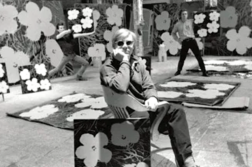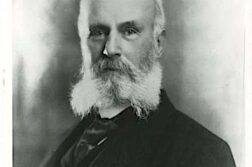Published in: May-June 2007 issue.
So why was there a 1979 March on Washington? What could it possibly have achieved? Can it teach us anything now?
I went to Washington for the event and was one of those who marched that Sunday. Having been to some huge antiwar demonstrations, I was disappointed by the relatively small size of the crowd. I can barely remember either the march or the rally afterward. But I do have three vivid memories from that long weekend:






